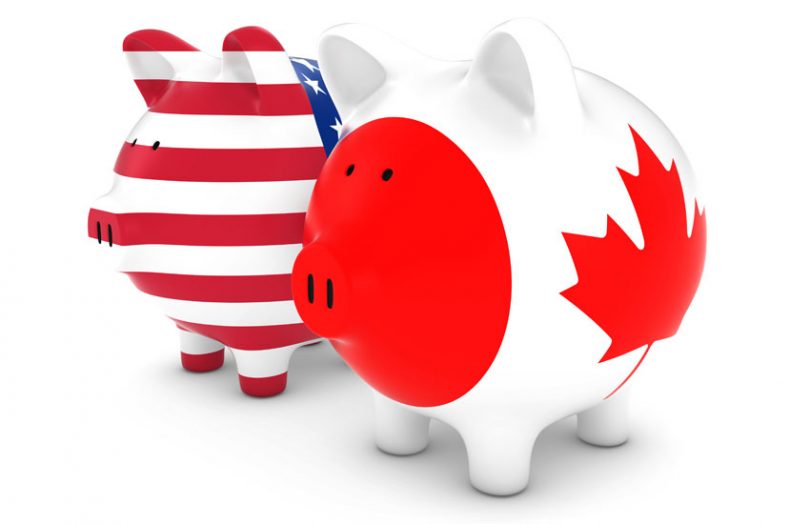Highlights:
- Canada doesn’t think there’s a need for a central bank digital currency right now
- But the need may arise if cash usage declines or a private stablecoin gains traction
- Or if another country’s CBDC could threaten Canada’s monetary sovereignty
- Canada isn’t just planning a prototype. It wants to be operationally ready to move quickly
- Regulations that slow the pace of innovation will help central banks to catch up
On Tuesday, the Deputy Governor of the Bank of Canada, Timothy Lane, gave a speech that outlined scenarios in which Canada might consider a central bank digital currency (CBDC). Based on a paper published simultaneously, we conclude that if the U.S. announces plans for a CBDC, Canada might do so as well.
Lane noted that currently, there is not a compelling use case for Canada to issue a CBDC. However, he acknowledged that the situation could change rapidly. The two most likely events that would trigger the need for a CBDC would be a significant reduction in cash usage, or if a private stablecoin (such as Libra) gains traction.
The impact of a digital dollar
But the central bank also published a paper that added another scenario of a foreign CBDC gaining extensive cross-border use in Canada. A small footnote says: “Until now, examples where an alternative currency has challenged the dominant position of the official currency of a jurisdiction have been restricted to cases where the state was facing severe social and political stress from other sources.”
“But this does not mean it would be impossible for modern technology to enable the establishment of a challenger currency in a stable, advanced economy.”
The central bank did not name any country. While some worry about China issuing a CBDC, for Canada, the biggest threat is more likely a U.S. digital dollar. According to WITS data (World Bank, WTO, UN) in 2018 more than 75% of Canada’s exports went to the U.S. and more than 50% of its imports originated from its neighbor.
Let’s get building
The Deputy Governor’s speech could leave the impression that the central bank is just doing some planning and prototypes. But it’s doing more.
If things change, Canada expects it to happen sufficiently quickly that it might not have time to respond. Because of the time needed to pass legislation and create a viable CBDC, it plans to be adequately ready operationally, so that it can launch as CBDC relatively quickly.
The paper describes it as a contingency strategy, but states: “the Bank will build the capacity to issue a retail, cash-like CBDC should the need to implement one ever arise.”
Lane also spoke about the situations that could trigger the plan.
The threats: cash and stablecoins
So far, cash is still king, but it is declining. In 2017 cash was used for a third of transactions compared to half in 2007. And one in ten citizens claims to be cashless.
Turning to stablecoins, the Deputy Governor said: “Compared with earlier forms of cryptocurrencies, stablecoins have better prospects for widespread adoption.” He mentioned Facebook’s Libra digital currency and how it’s existing messaging networks, including WhatsApp, could enable it to get traction quickly.
But he added: “It’s tough to predict if Libra will ever live up to its promises or even come into existence.”
He also referred to Canada’s cross border collaboration with the Bank of England and the Monetary Authority of Singapore to identify payment pain points. Plus, the G20 plans to look at how to reduce cross border payment friction as well as legislation.
“While the future of Libra and other stablecoins is uncertain, private digital currencies are a global phenomenon. A global effort is required to understand the wide-ranging implications and ensure the regulatory framework is fit for purpose,” said Lane. He mentioned work with the Financial Stability Board and 23 other countries regarding the regulation of fintech innovations.
Given the time needed to get a CBDC ready to address these ‘threats’, it’s conceivable that regulations might slow the pace of innovation to give the central banks time to catch up.






